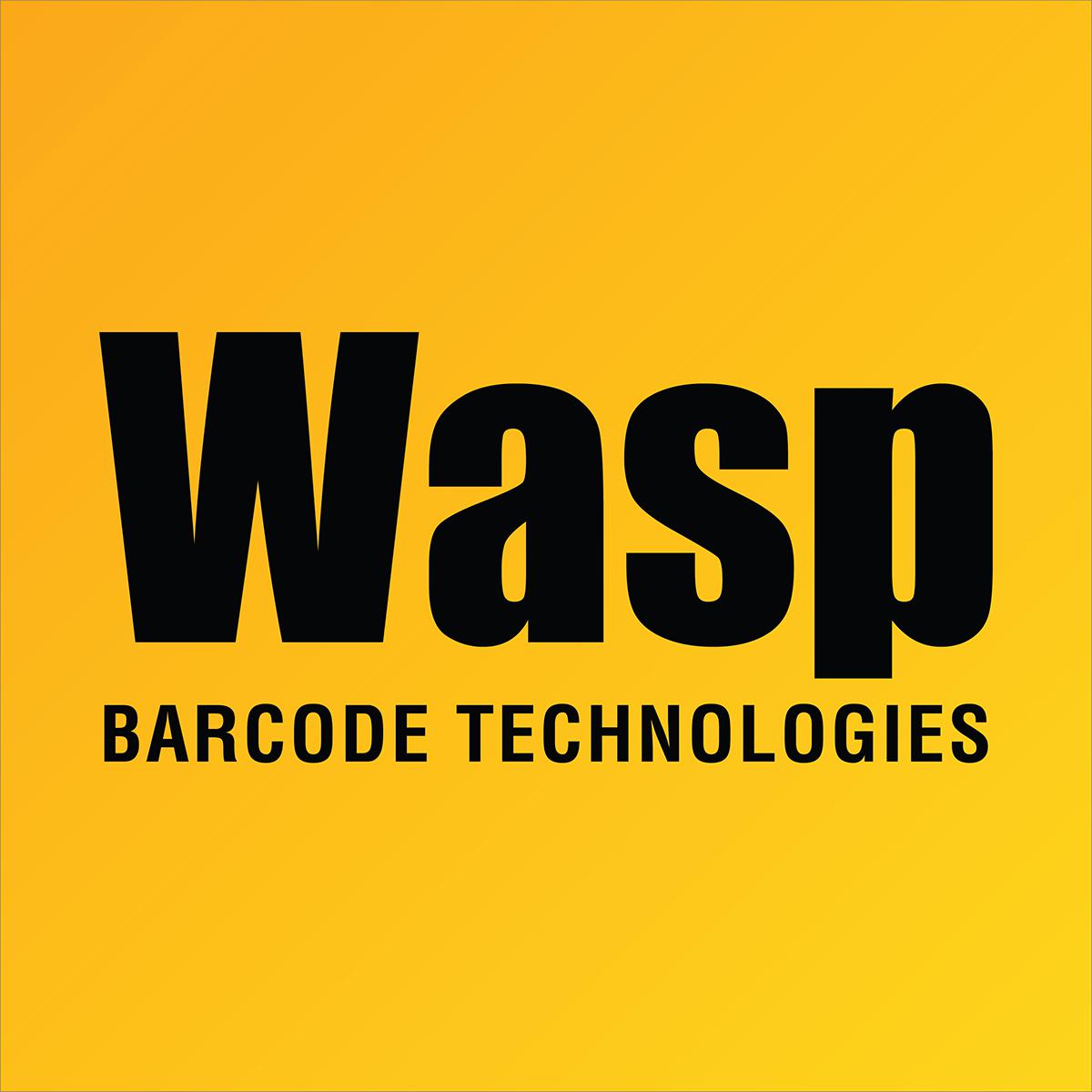- When creating a Multi-Quantity asset, you create both the asset tag and asset type at the same time. You must create a new unique asset type here, which is why you cannot choose from the list of existing (fixed) asset types, and you'll get an error if you try to specify an asset type that already exists. It may help to think of a Multi-Quantity asset as its own asset type.
- How do I tell which assets are multi-quantity?
A. Click into View Assets. At the top right, check the box for Tree. When the list refreshes, there is a column on the left with chevrons (^). For Multi-Quantity Assets, the chevron is darker, and the mouse pointer turns into a pointing hand when you hover over the chevron, indicating it is active. When you click an active chevron, a box opens up below that asset (even if it doesn't have any quantity).
By contrast, the fixed assets' inactive chevrons are a fainter shade of gray, and the pointer does not change.
B. Click into View Assets. Click the underlined Asset Tag to edit the asset. In the body of the page, if it says "View/Edit Multi-Quantity Asset", it's multi-quantity. If it says "View/Edit Asset", it's fixed. There are other differences as well.
C. Click into Add Asset Quantity. In the body of the page, click into the Asset Tag field, then press the Down Arrow key on the keyboard. The list of Multi-Quantity Assets appears.
- Multi-quantity assets cannot have departments.
- How to delete a multiquantity asset?
A. If there is any, dispose all the quantity of the asset: Transactions, Dispose, specify all the quantity and locations, Dispose.
B. When there is no quantity left, you can delete the MQ asset's Asset Type: Asset, View Asset Type, select or filter for the asset type, check it, Delete button.



